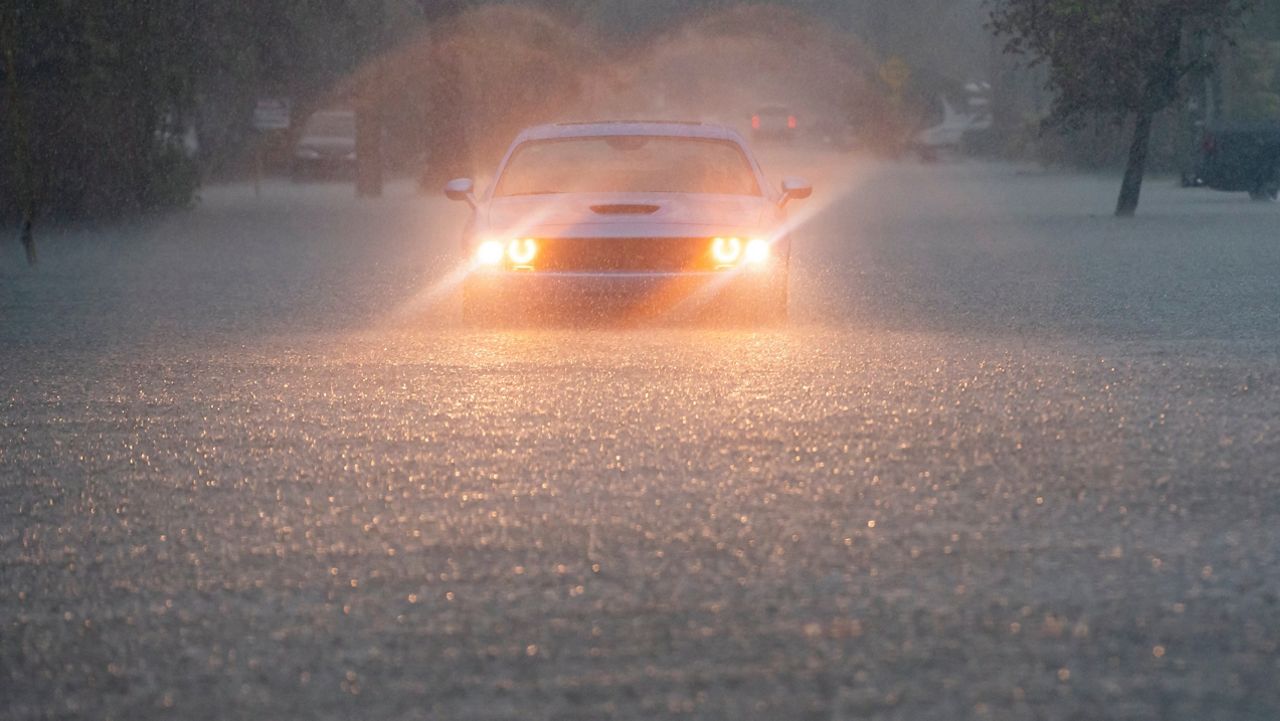As residents continue to feel the effects of Monday night's storms, the National Weather Service as of Wednesday afternoon has confirmed four of them were tornadoes.
The latest tornado, confirmed Wednesday, touched down in Vernon, Oneida County.
The most significant one was an EF-3 tornado that touched down for 16 miles in Lewis County — a tornado of that magnitude rarely hits New York state.
“The National Weather Service measures the strength of a tornado based on the Enhanced Fujita Scale," said Spectrum News 1 meteorologist Mike Gouldrick. "It goes from zero, which would be a weak tornado, but nonetheless a tornado that can cause damage, and then we go to EF-1, 2, 3, 4, 5.”
According to meteorologists, New York state averages 10 tornadoes a year. Rarely do they reach the strongest parts of the Fujita Scale. The EF-3 tornado recorded Monday is just one level below the largest tornado to ever hit New York state, which was an EF-4 in 1989.
“What was unusual about this tornado, was the path length [that was] about 16 miles long and the path width which was 700 yards wide," Gouldrick said.
An EF-3 tornado causes winds up to 165 miles per hour. As the National Weather Service conducted their damage surveys, what made this storm stand out was the type of damage it caused.
“The fact that in several different places along the track we had trees that were fully defoliated where much of their bark was removed, so you basically had what looked like giant toothpicks sticking out from the sky," said Mike Fries, a meteorologist for the Buffalo National Weather Service.
The trajectory of this tornado was very different.
“Often times they’ll move to the right of the wind flow, so in this case, it would move more easterly than the wind flow but in this case it didn’t," said Fries. "It actually moved right with the wind flow so, sort of surprising in that way a little bit.”
Fries said an time you get a storm of this magnitude, it catches your attention. To determine if this is something that could happen more often, the NWS will review all the information their surveys gathered.
"Rate the damage in there and all the different types of damage that we see," he said. "We have had engineering types of analysis done on them in the past and we collect them all together, look at them, and try to determine a track.”
The NWS plans to use polar orbiting satellite data in the coming days to determine if any other tornadoes occurred.








)